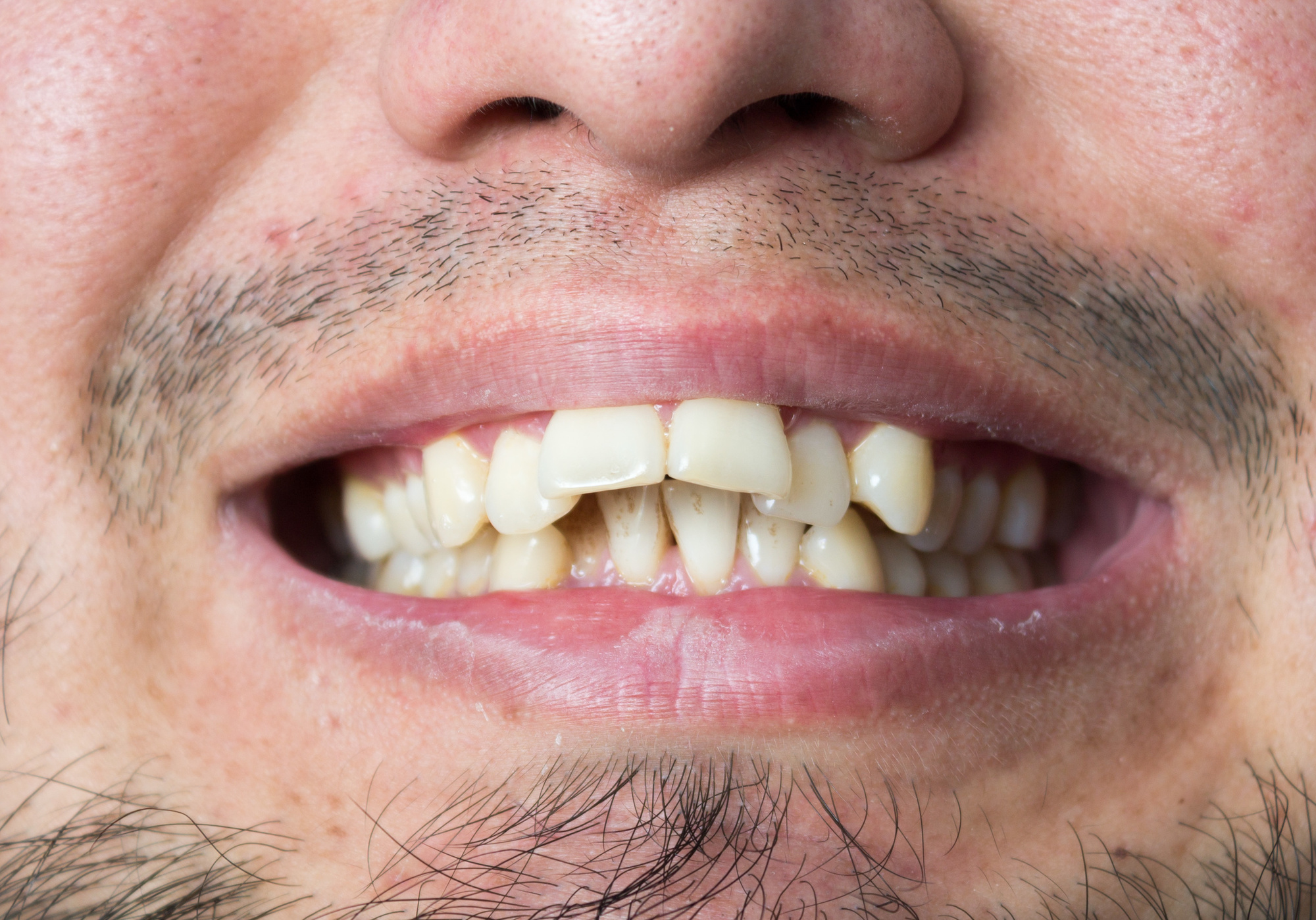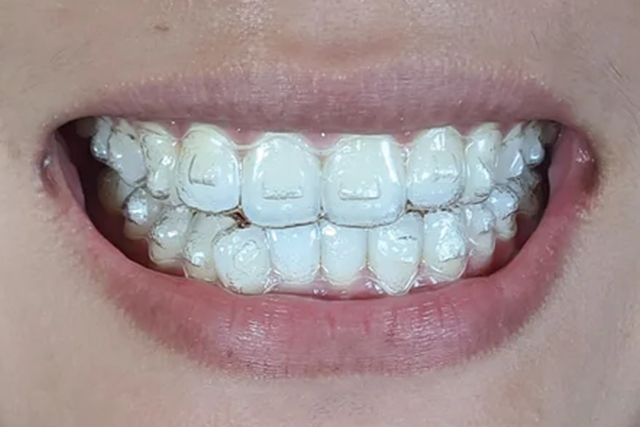How Invisalign Functions: Your Guide to Clear Aligners and Their Effectiveness
How Invisalign Functions: Your Guide to Clear Aligners and Their Effectiveness
Blog Article
Invisalign vs. Conventional Dental braces: Which Alternative Is Right for You?
When considering orthodontic treatment, the choice between Invisalign and traditional dental braces presents numerous important variables that merit cautious evaluation. Invisalign uses a discreet alternative with detachable aligners, while standard braces provide an extra visible yet reliable option for extreme imbalance.
Review of Therapy Options

On the other hand, traditional dental braces are composed of metal braces and wires that are adhered to the teeth. This approach uses continual stress over time to attain positioning. While efficient for complicated orthodontic concerns, conventional dental braces require normal brows through for adjustments and can present obstacles in maintaining oral health due to the trouble of cleaning around braces and wires.
Both alternatives have their benefits, and the selection often rests on details dental conditions, way of life choices, and patient conformity. Inevitably, seeking advice from an orthodontic professional is crucial for determining one of the most ideal treatment strategy tailored to specific requirements. Recognizing the nuances of each alternative can substantially influence the overall success of orthodontic therapy.
Visual Factors To Consider
A considerable element affecting the option between Invisalign and traditional dental braces is the aesthetic allure each treatment offers. Invisalign aligners are crafted from clear plastic, making them practically unnoticeable when used.
On the other hand, conventional dental braces contain metal brackets and wires, which can be extra recognizable. While improvements in orthodontic innovation have led to the growth of smaller sized braces and colored elastics, traditional dental braces still preserve a more conspicuous profile. For some people, the presence of braces may discourage them from seeking necessary therapy.
Eventually, the option in between Invisalign and conventional dental braces may pivot on personal choices pertaining to aesthetic appeals. People that focus on discretion often lean towards Invisalign, while those who are much less concerned regarding visibility might choose typical braces. Comprehending the visual ramifications of each alternative is important for making an informed decision that lines up with one's lifestyle and preferences.
Comfort and Convenience

In regards to ease, Invisalign aligners are detachable, allowing clients to enjoy their favorite foods without constraint and keep ideal oral health. Cleaning and flossing are streamlined, as the aligners can be secured throughout these regimens, whereas traditional dental braces call for careful navigating around cords and brackets.
In comparison, typical dental braces require routine adjustments, making them much less convenient for those with active timetables. In general, the comfort and ease of Invisalign make it an attractive selection for lots of individuals looking for orthodontic treatment.
Treatment Period and Effectiveness
While both Invisalign and standard dental braces work in remedying oral misalignments, the period of treatment can differ substantially between the two alternatives. Normally, Invisalign treatment can take anywhere from 12 to 18 months, relying on the complexity of the situation. The clear aligners function by gradually moving teeth right into their desired placements, and regular follow-ups with an orthodontist assistance make certain progress continues to be on track.
In comparison, traditional braces usually require a longer dedication, generally ranging from 18 months to three years. This results from their fixed nature and the usage of brackets and cords, which can be much more reliable for severe imbalances and intricate cases (Invisalign). The treatment performance of typical dental braces is well-documented, as they permit exact modifications and click to read higher control over tooth movement
Ultimately, the selection in between Invisalign and standard braces may depend upon both the awaited therapy duration and the particular dental issues handy. Consulting with an orthodontist is critical, as they can provide customized suggestions based on individual needs, guaranteeing the chosen technique straightens with wanted end results and timeframes.
Expense Contrast and Insurance Policy Alternatives
Expense plays a significant duty in the decision-making process for people taking into consideration orthodontic therapy, whether choosing Invisalign or typical braces. On standard, the cost of Invisalign arrays from $3,000 to $8,000, while conventional dental braces typically set you back between $2,000 and $6,000. Aspects influencing these prices include the intricacy of the case, the period of treatment, and geographical place.
Insurance insurance coverage can substantially impact out-of-pocket expenditures. Numerous oral insurance policy plans give partial coverage for orthodontic therapies, but the specifics can differ widely. It is vital for patients to examine their insurance policies to establish the extent of insurance coverage for either option. Normally, typical braces may be extra frequently covered by insurance coverage strategies contrasted to Invisalign, which some insurance providers classify as an aesthetic procedure.
In addition, numerous orthodontic practices use versatile layaway plan, making both therapy choices much more obtainable. Clients must ask about prospective financing choices and discount rates for upfront payments. Reviewing the total expense, including insurance coverage advantages and payment strategies, is necessary for making an educated decision that straightens with both aesthetic anonymous preferences and spending plan considerations.

Final Thought
In summary, the option between Invisalign and standard dental braces pivots on numerous elements, consisting of visual choices, comfort, therapy duration, and expense. Invisalign uses a very discreet, detachable alternative that promotes dental hygiene and nutritional flexibility, while traditional braces may be preferable for complicated oral issues and frequently come with a reduced price factor. Eventually, examination with an orthodontist is necessary to evaluate individual circumstances and establish one of the most appropriate therapy option for accomplishing optimal oral alignment.
When thinking about orthodontic therapy, the choice between Invisalign and typical braces presents a number of vital variables that merit mindful evaluation.Contrasting Invisalign and traditional dental braces discloses view it now distinctive therapy alternatives for orthodontic improvement.While both Invisalign and typical dental braces are efficient in fixing oral imbalances, the period of therapy can vary significantly in between the two choices.Price plays a considerable duty in the decision-making procedure for people taking into consideration orthodontic treatment, whether opting for Invisalign or traditional dental braces.In summary, the option in between Invisalign and traditional braces hinges on several aspects, consisting of aesthetic preferences, convenience, treatment period, and price.
Report this page